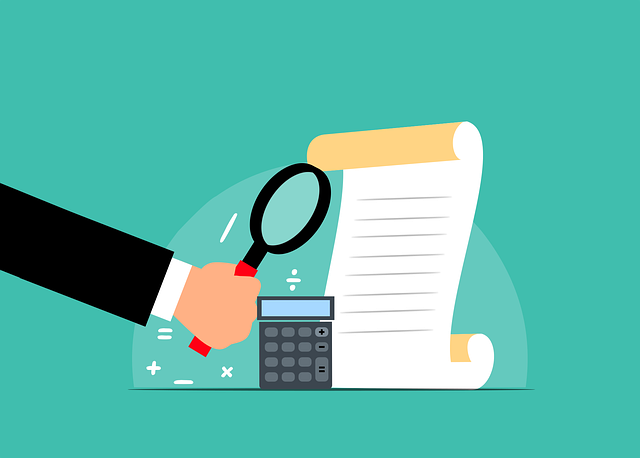In real estate, property tax assessment is crucial for both owners and buyers. Tax calculations consider land, improvements, location, market value, size, age, and condition to ensure fair local government funding. Staying informed about tax rates and assessment methods helps in budgeting, anticipating increases, and making wise property decisions. Calculation involves gathering assessed value, local tax rates, deductions, and exemptions. Proactive property assessment is a powerful tool to manage and reduce annual taxes through re-evaluation appeals, exploring tax exemptions, and energy efficiency renovations that qualify for incentives.
Discover how to accurately determine a property’s annual tax liability with our comprehensive guide. In today’s real estate market, understanding property tax assessment is crucial for both homeowners and investors. Learn the step-by-step process of calculating taxes, explore strategies to reduce your burden, and gain valuable insights into managing this significant expense. By following these expert tips, you can navigate the complexities of property taxes with confidence.
Understanding Property Tax Assessment

In the realm of real estate, understanding property tax assessment is a cornerstone for both owners and prospective buyers. Property taxes are determined by evaluating various factors specific to the land and improvements on it. Assessors consider location, market value, size, age, and condition of the property, among other attributes, to calculate an equitable tax burden. This process ensures that each property contributes fairly to local government services like schools, infrastructure, and public safety.
Real estate professionals often emphasize the importance of knowing property tax rates and assessment methods in their area. Staying informed allows individuals to budget effectively, plan for potential increases, and make informed decisions when purchasing or investing in real estate. Understanding these dynamics is crucial for navigating the financial landscape of any given neighborhood or city.
Calculating Annual Tax Liability: Step-by-Step Guide

Calculating a property’s annual tax liability involves several steps that real estate owners should be familiar with. First, gather all relevant information such as the assessed value of the property, local tax rates, and any applicable exemptions or deductions. The assessed value is typically determined by the local assessor based on market conditions and comparable properties. Once you have this figure, multiply it by the current tax rate to estimate the annual tax amount. Tax rates vary widely depending on the location, so it’s crucial to check with your local tax authority for accurate figures.
Next, consider any deductions or exemptions that could reduce your tax liability. For instance, some areas offer breaks for seniors, veterans, or properties used for specific purposes like agriculture or religious uses. By subtracting these eligible expenses from the calculated tax amount, you can arrive at the final annual tax liability. This step-by-step guide ensures real estate owners are well-informed and prepared for their property taxes.
Strategies to Reduce and Manage Property Taxes

In the realm of real estate, managing property taxes is a crucial aspect for both homeowners and investors. One effective strategy to reduce annual tax liability is proactive property assessment. This involves regularly evaluating your property’s value and comparing it with similar nearby listings. If market trends indicate a lower assessed value, you can appeal to local authorities for a re-evaluation, potentially lowering your tax burden.
Additionally, staying informed about local regulations and exploring available exemptions can offer significant savings. Some regions provide concessions for specific groups, such as seniors or disabled individuals. Property owners can also consider long-term investments like renovations or improvements that increase energy efficiency, as these upgrades sometimes qualify for tax incentives, further managing and reducing their tax liability in the real estate market.






